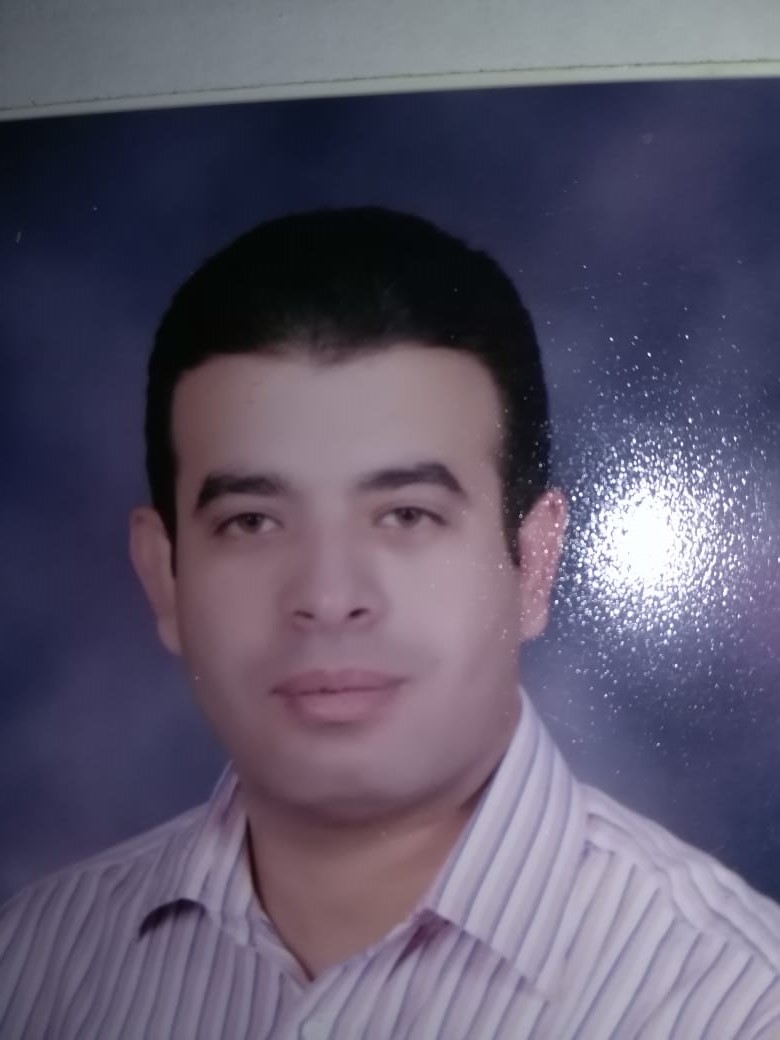The present study is an experimental study performed on seven mature healthy goats,
from which two goats were used for description of the topographical anatomy of the area through
which the cecum passed and anastomosed with the dorsal ruminal sac. The remaining five goats
were used for induction of rumino-cecal anastomosis that was followed by induction of a state of
frothy tympany for 3 months to simulate recurrent tympany associating diaphragmatic hernia.
Results revealed that the technique is a simple technique required no complicated equipments
and had minimal complications. All operated goats survived the period of experiment after which
they were sacrificed and the rumen, the cecum, and seat of anastomosis were examined
histopatholo-gically. Histopathology revealed complete epithelization and fusion at seat of
anastomosis, mild submucosal histopatho-logical changes of the cecal wall close to seat of
anastomosis, and absence of severe histopathological changes at the rumen and cecum. It is
concluded that the technique can be considered for treatment of selected

